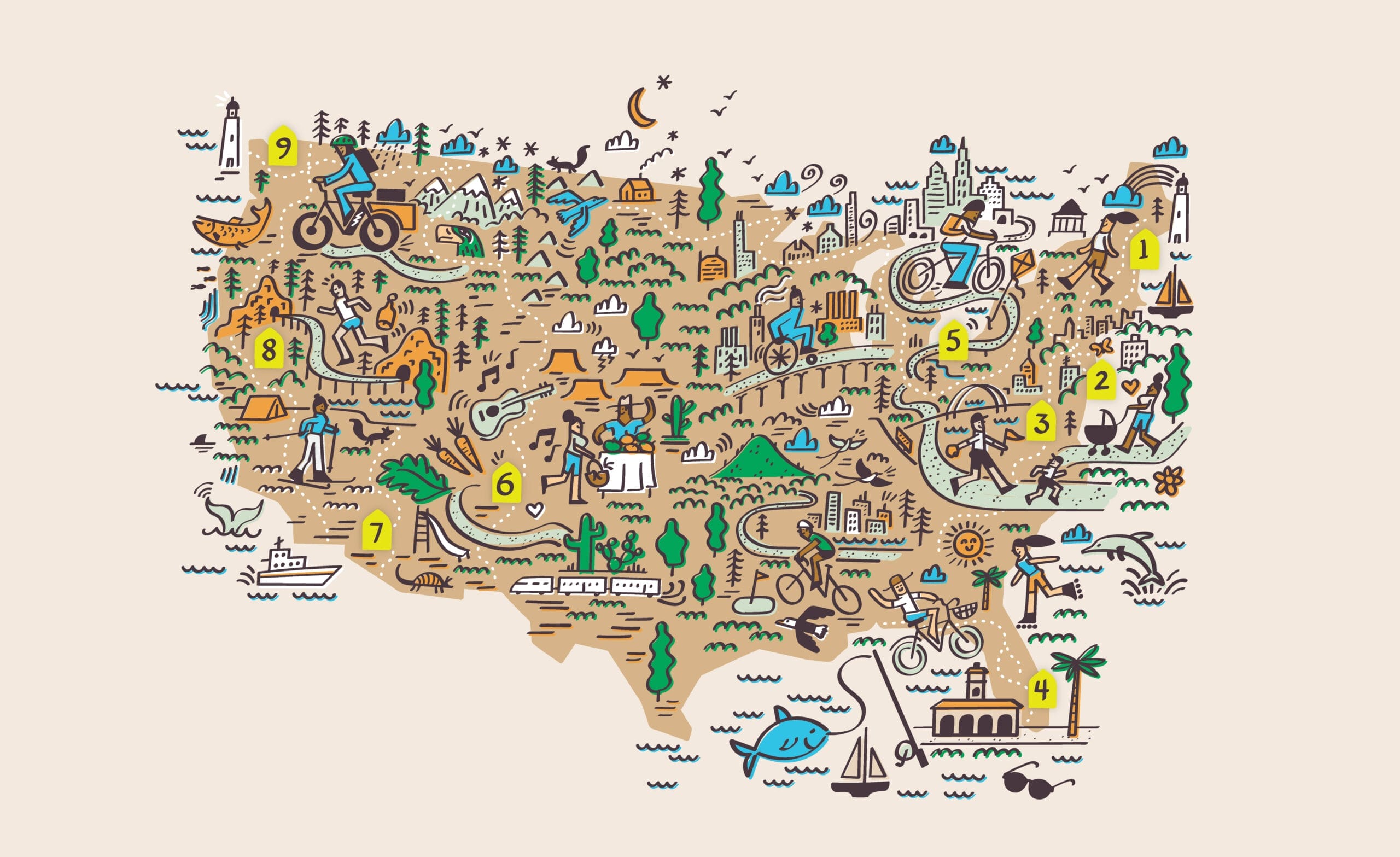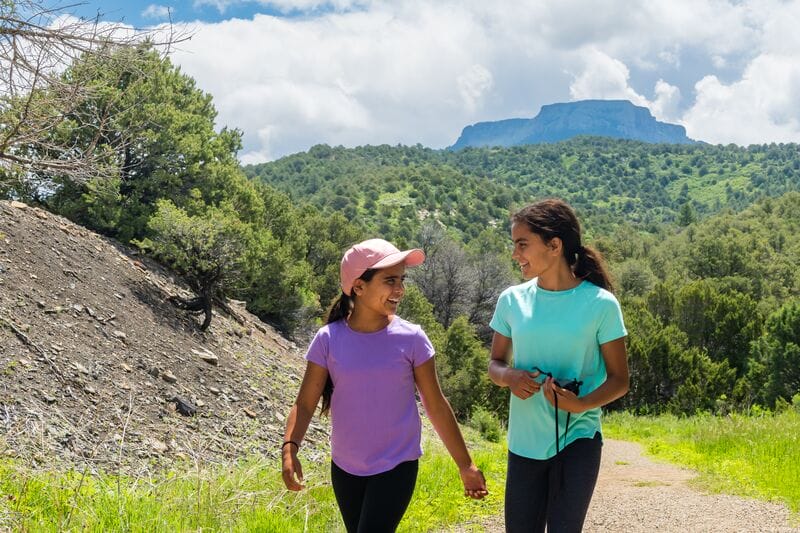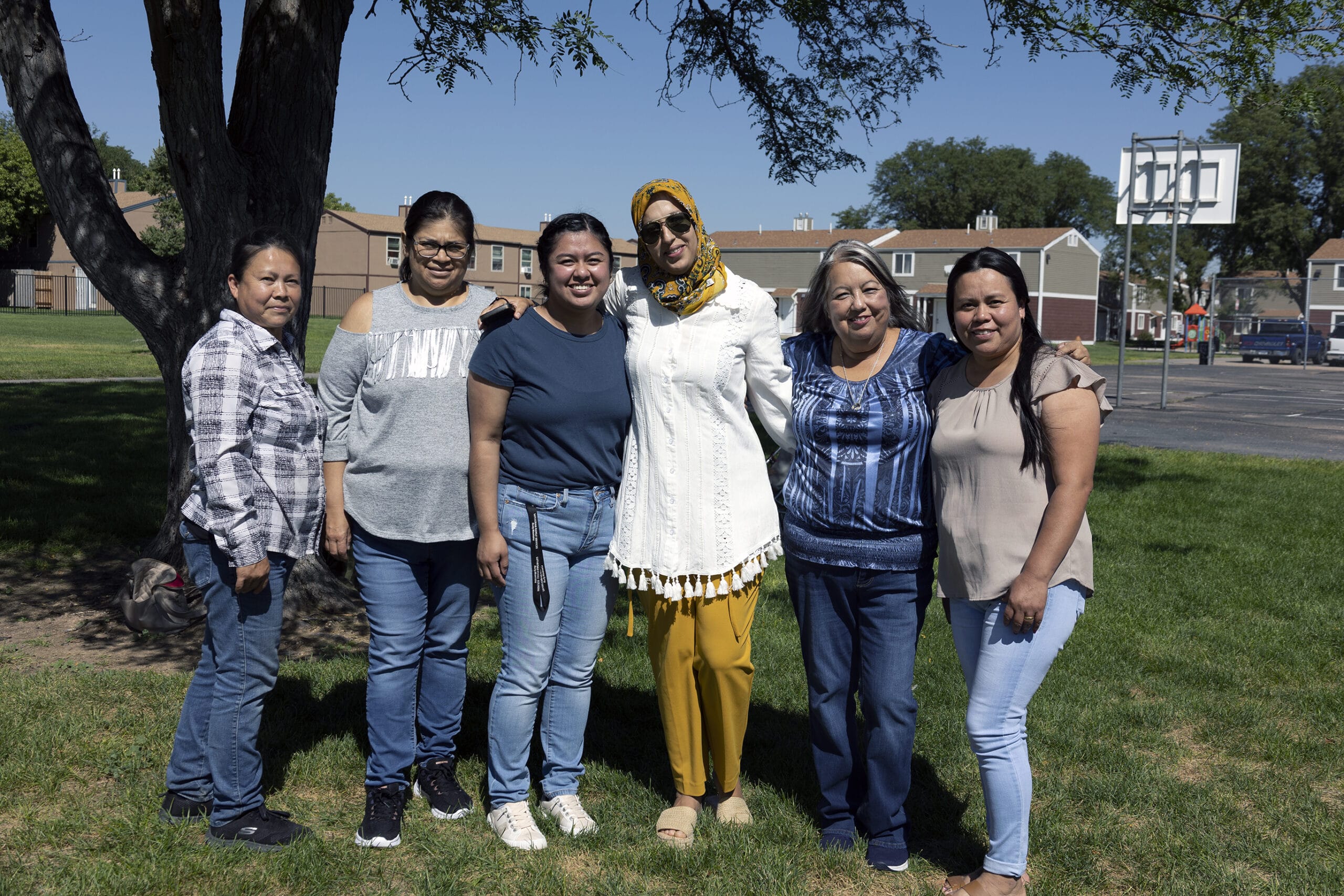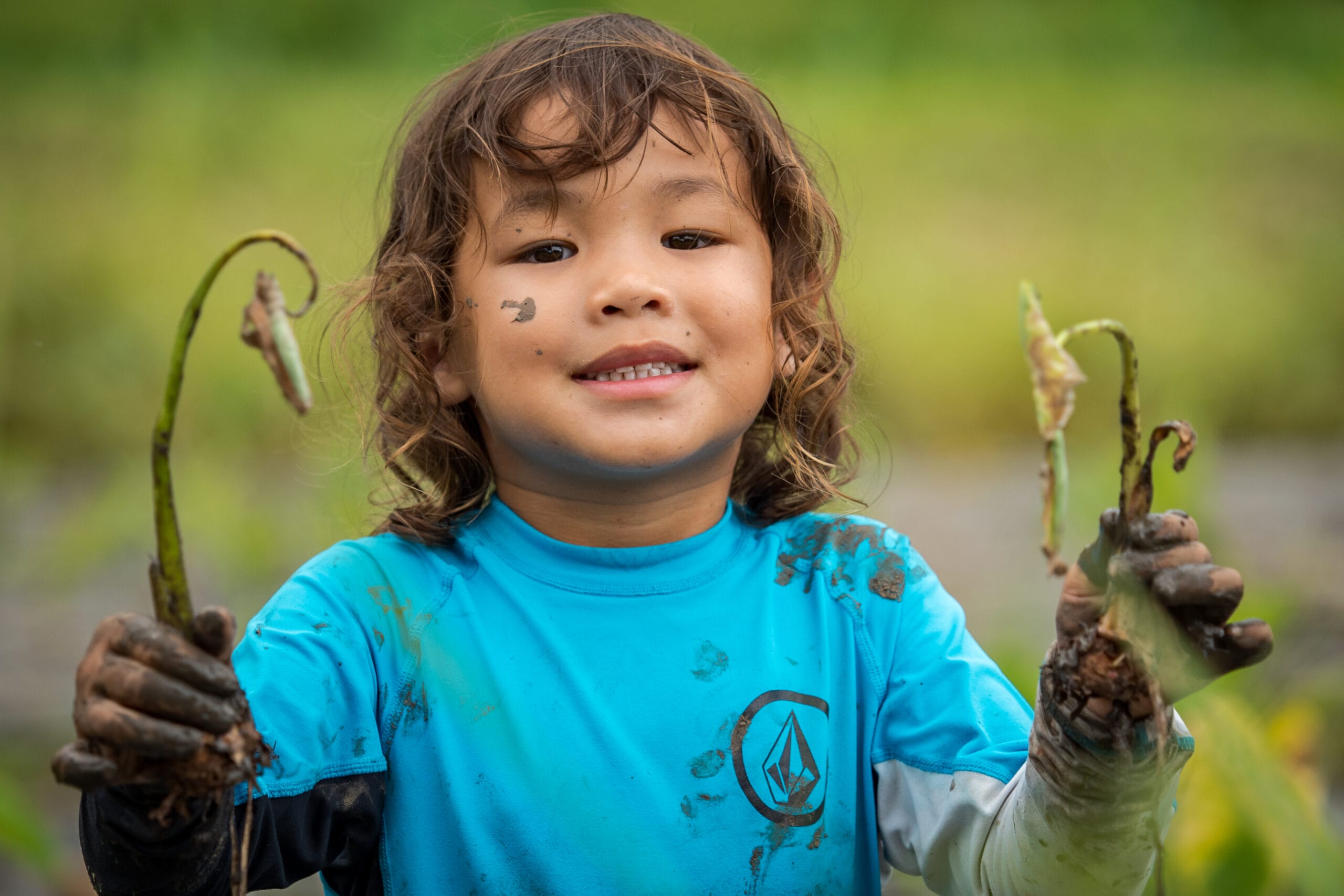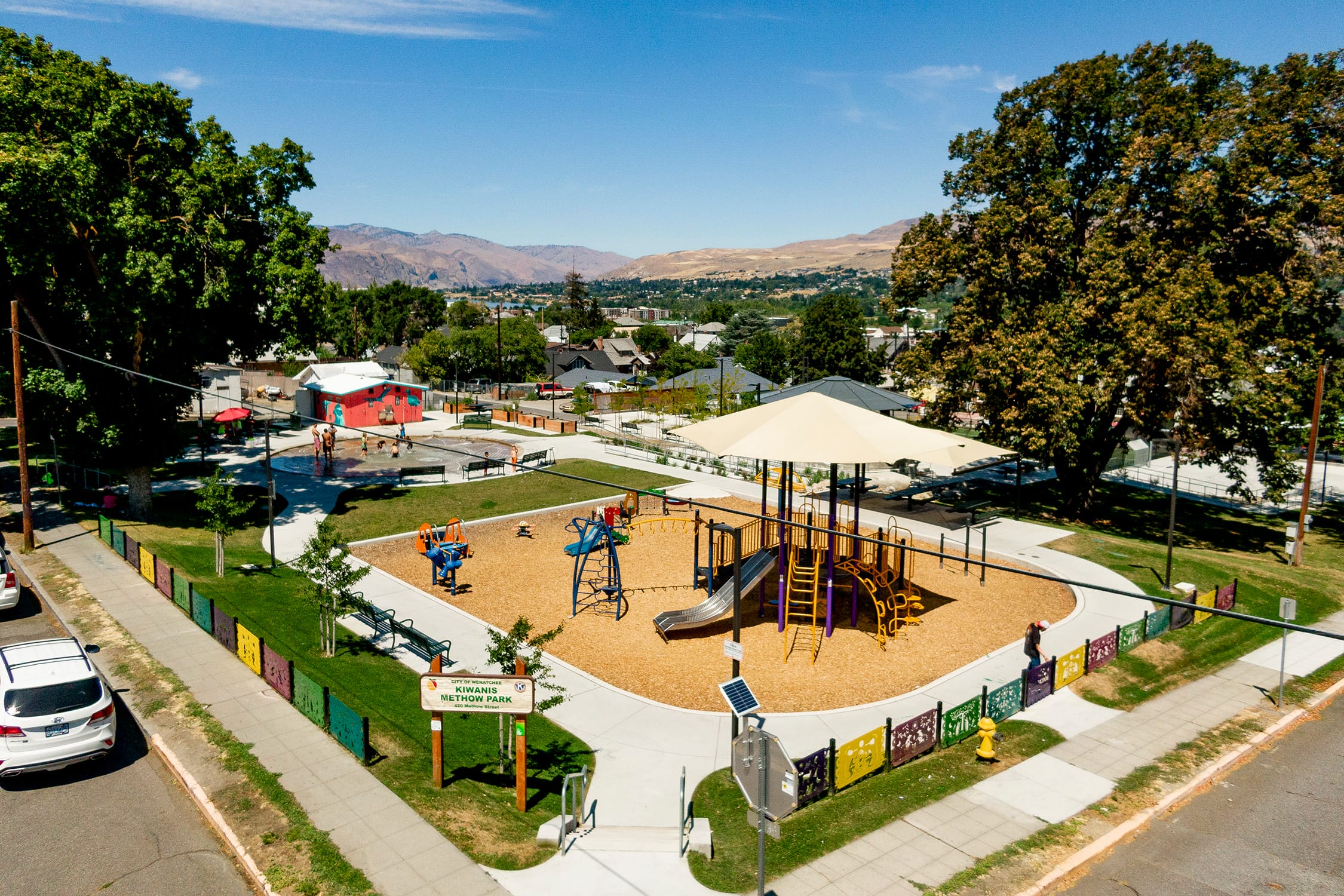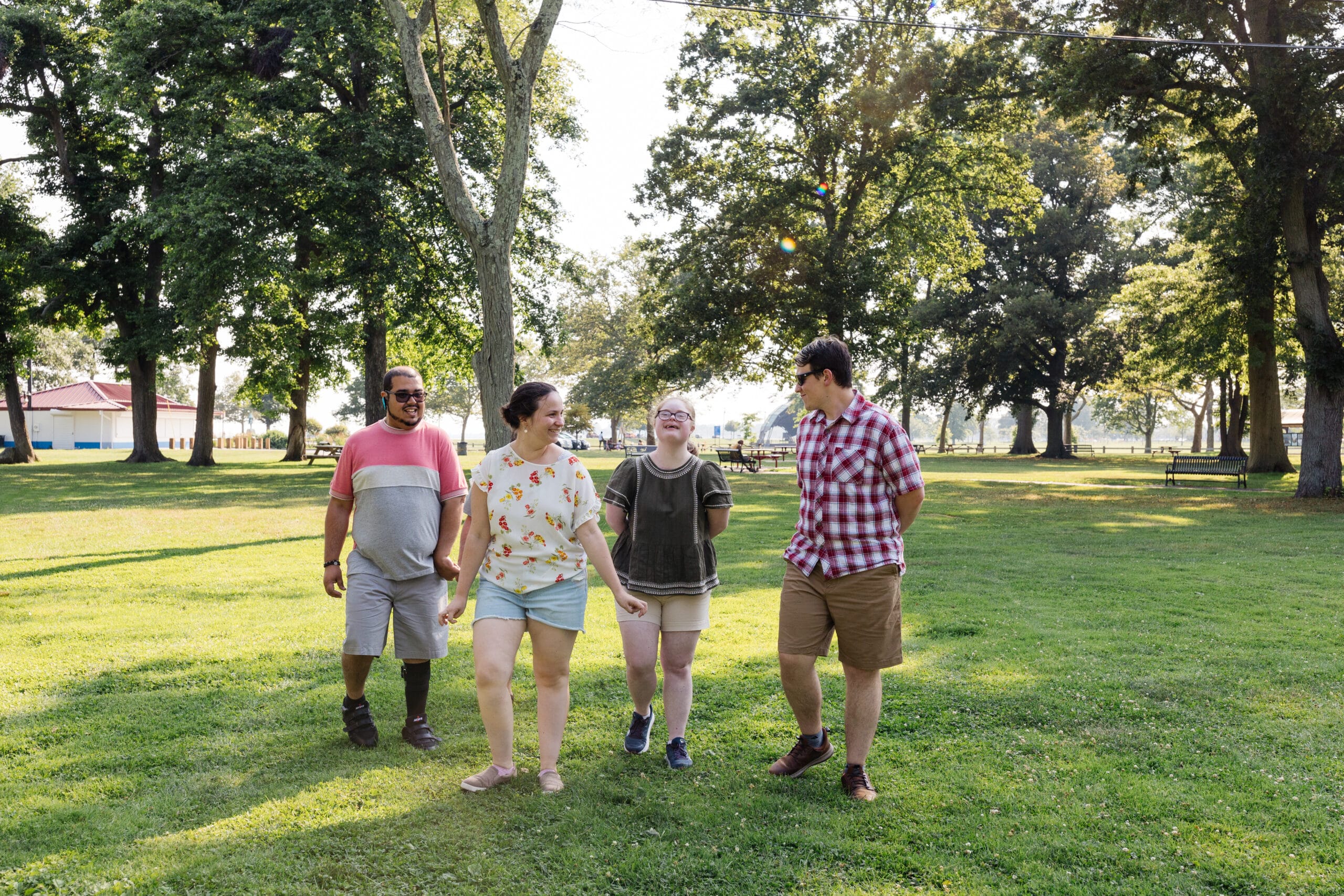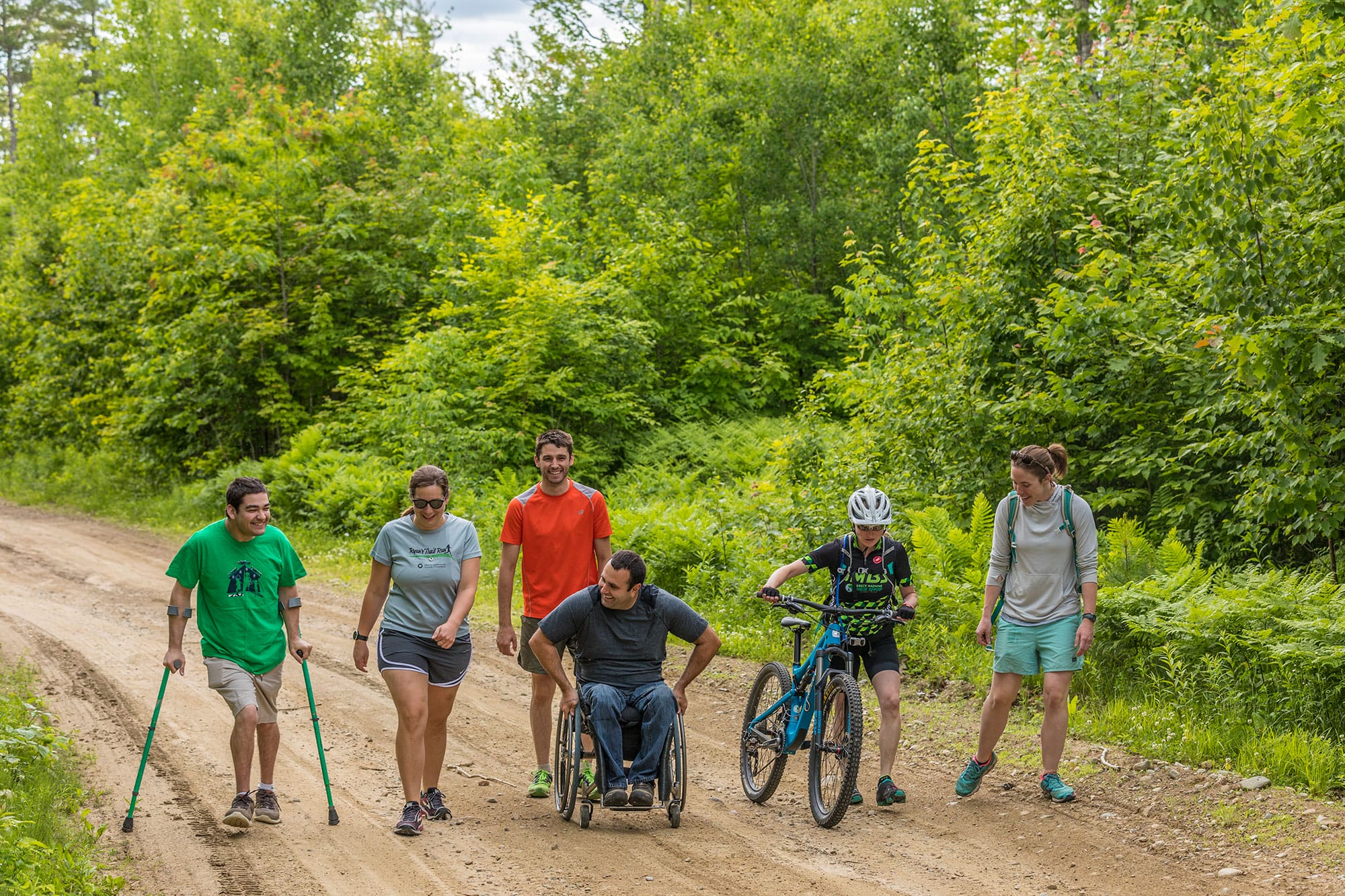
In a challenging year for conservation, locals are still protecting the land they love
In a challenging year for conservation, locals are still protecting the land they love
From the attacks on national monuments to a proposal to sharply increase entrance fees for national parks, it’s been a year of sobering headlines for people who love public land. But while the news out of Washington, D.C. does shape the fate of our land and water, it’s far from the whole story. In communities across the country, people like you are working to save the places that matter to them—by getting involved in local campaigns to generate public funding for conservation.
Since the 2016 election, The Trust for Public Land has helped local communities generate more than $7 billion in public funding for parks and conservation. Behind every successful conservation finance campaign are people like you advocating for investment in wildlands, close-to-home parks, local farms, trails, and clean air and water.
Here are just a few recent campaigns where local communities’ investment in conservation has paid dividends in the past year.
Chattahoochee River Greenway—Johns Creek, Georgia
This Atlanta suburb enjoys easy access to the Chattahoochee River National Recreation Area, but key stretches of the riverfront here remain unprotected. The community is leading the effort to create a greenway along the river between two units of the national recreation area: in 2017, The Trust for Public Land helped the city purchase 59 more acres toward that goal. The project was supported by funds created by the Johns Creek Parks Bond, which voters passed in November 2016.
 The Chattahoochee River winds through the Atlanta metro, offering a quick nature break to hundreds of thousands of people. We’re helping Georgians protect key water access points and riverfront trails. Photo credit: Hollis Bennett
The Chattahoochee River winds through the Atlanta metro, offering a quick nature break to hundreds of thousands of people. We’re helping Georgians protect key water access points and riverfront trails. Photo credit: Hollis Bennett
Murphy Creek—Arapahoe County, Colorado
In 2011, Arapahoe County voters approved a 10-year, quarter-cent sales tax increase to fund everything from parks and wildlife habitat to farmland and water quality protection. This year, that program helped The Trust for Public Land protect 77 acres along Murphy Creek, near the Buckley Air Force Base, ensuring a safe, undeveloped buffer for base operations, habitat corridors for migrating deer and raptors, and public access to trails and wildlife-watching opportunities.
Yucatan Wildlife Management Area—Yucatan Township, Minnesota
Thousands of Girl Scouts have fond memories of exploring the forests, bluffs, and streams at Camp Whispering Hills in southeast Minnesota. When a series of big floods damaged camp structures and roads, the local Girl Scout council realized they’d have to sell the property—but they wanted to ensure the land remained protected. The Trust for Public Land worked with the council and the State of Minnesota to create the new Yucatan Wildlife Management Area, drawing on the Minnesota Outdoor Heritage Fund approved by Minnesota voters in 2008.
 The new Yucatan Wildlife Management Area welcomes anglers to the coldwater trout stream that courses through the property.Photo credit: Andy Richter
The new Yucatan Wildlife Management Area welcomes anglers to the coldwater trout stream that courses through the property.Photo credit: Andy Richter
Mountain Hi Ranch—Gallatin County, Montana
Ranching families have run cattle on the high plains surrounding Bozeman, Montana, for more than a century. But as the county’s population booms, development threatens the region’s agricultural economy, fragments wildlife habitat, and obstructs views of the surrounding Rocky Mountains. Local advocates took action in 2000, rallying behind the Gallatin County Open Lands Program—which has since conserved more than 50,000 acres. In 2017, the program helped The Trust for Public Land preserve the 2,370-acre Mountain Hi Ranch, ensuring the property will never be developed.
Places like these are protected because people like you got involved in local, grassroots efforts to fund conservation in their communities. Learn more about how The Trust for Public Land funds conservation projects across the country.
This raw, beautiful landscape in Southern California is home to Indigenous heritage sites, and it provides critical habitat for threatened and endangered species. Urge President Biden to safeguard this extraordinary landscape today!
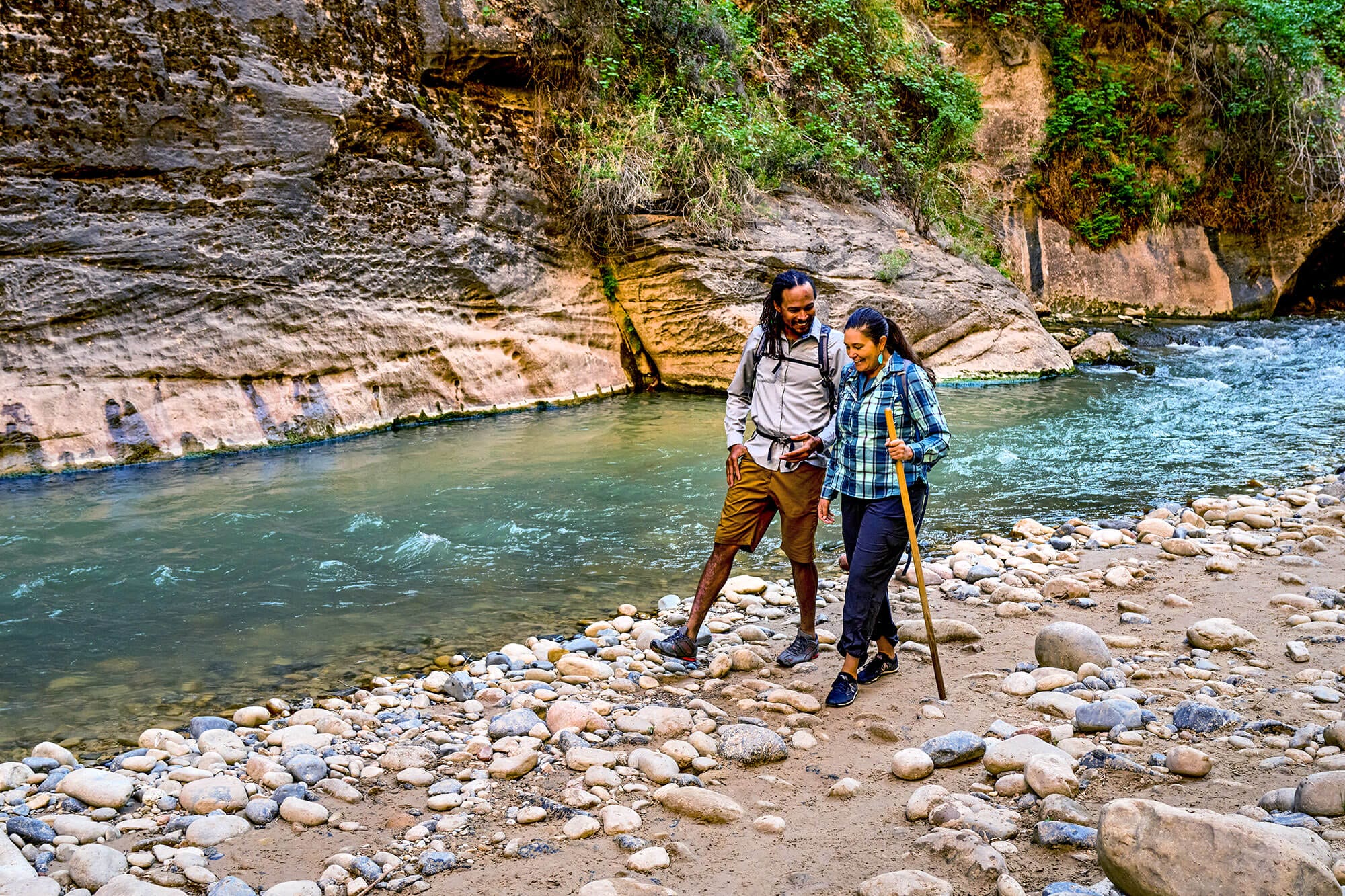
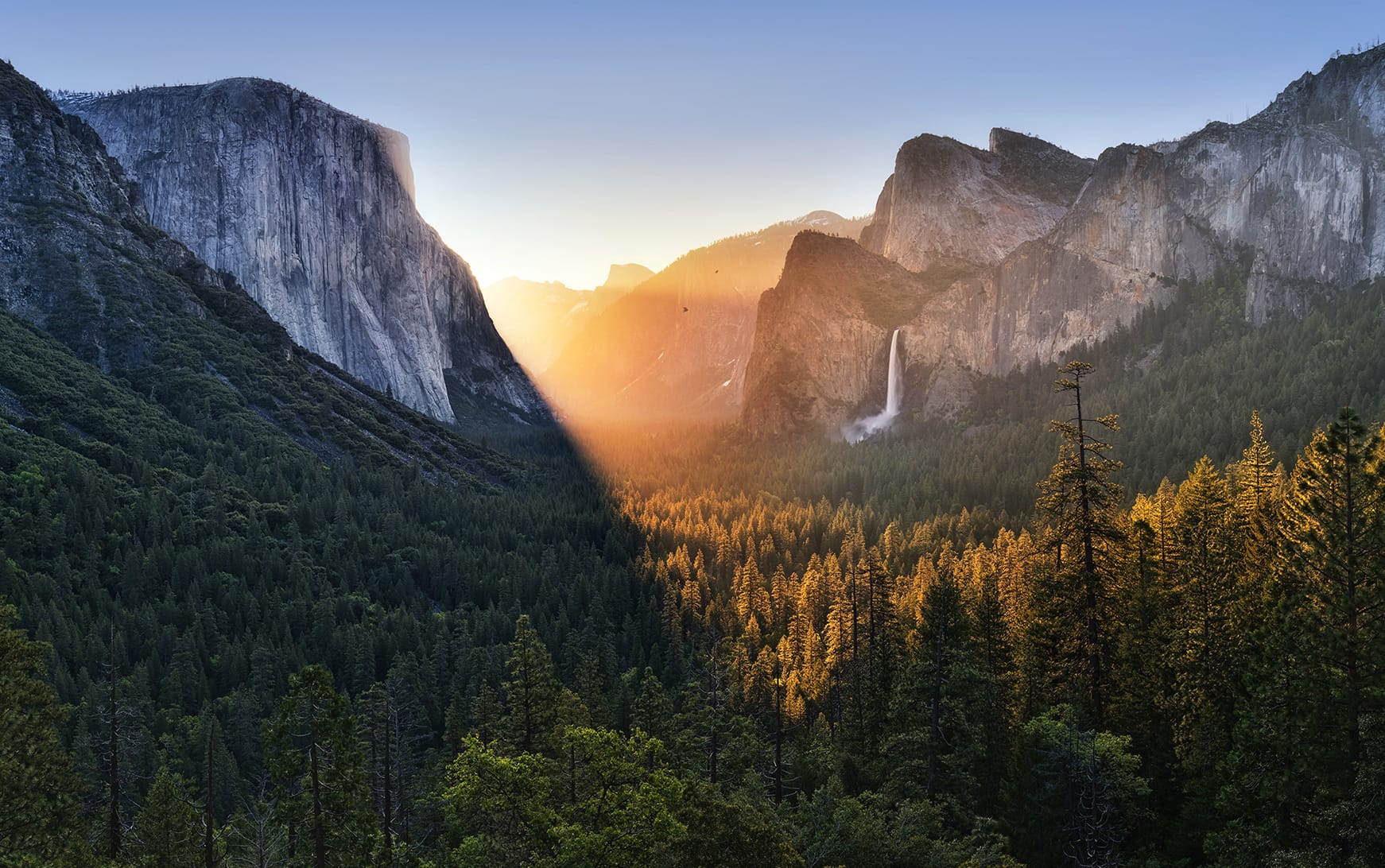
Donate to become a member, and you’ll receive a subscription to Land&People magazine, our biannual publication featuring exclusive, inspiring stories about our work connecting everyone to the outdoors.
See how our supporters are helping us connect people to the outdoors across the country.


